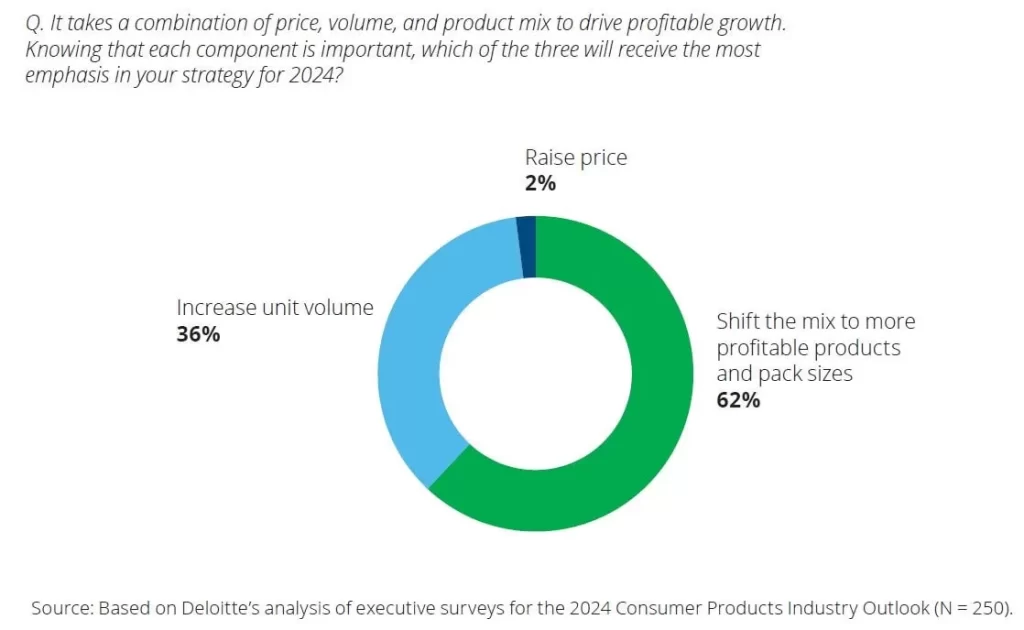Key Trends Shaping the Consumer Products Industry
The consumer products industry is changing fast. Understanding the main trends helps businesses stay ahead and meet customer needs better. Here are the key shifts shaping the market today:
Sustainability and Ethical Consumption
More consumers want products that are eco-friendly and ethically made. This means:
- Choosing sustainable products that reduce environmental impact
- Supporting brands with transparent, responsible sourcing
- Valuing products with minimal waste or recyclable packaging
Sustainability isn’t just a buzzword; it’s becoming a core expectation for many buyers.
Social Commerce and Digital Transformation
Shopping is moving online and becoming more social. This trend includes:
- Buying directly through social media platforms like Instagram or TikTok
- Engaging with brands through digital content and live streams
- Relying on online reviews and influencer recommendations
Digital transformation makes buying faster, more interactive, and convenient.
Personalization and Direct-to-Consumer Models
Consumers want products and experiences tailored just for them. Key aspects are:
- Personalized product options based on preferences or behavior
- Direct-to-consumer brands offering closer relationships and better value
- Customizable services and subscription models
This trend helps brands build loyalty by making customers feel understood and valued.
Together, these trends reflect how consumer behavior and technology are shaping the future of consumer goods. Staying aligned with these shifts is essential for success in today’s market.
The Role of Advanced Manufacturing in Consumer Products

Advanced manufacturing is changing the way consumer products are made, helping brands deliver better quality and stay competitive. One game-changer is precision CNC machining. This technology allows for high accuracy in making parts, which means products are not only consistent but also innovative. Whether it’s smart appliances or personalized goods, CNC machining services make it possible to create items that meet exact specs without wasting materials.
Supporting emerging technologies is another big part of modern manufacturing. As products get smarter and more connected, manufacturers need flexible and precise processes that can keep up with new designs and features. Advanced manufacturing techniques help streamline production, cutting lead times and reducing costs. This efficiency boost is crucial for meeting the fast-paced demands of today’s consumer goods trends.
In short, the role of advanced manufacturing is to ensure products are built with quality, innovation, and speed—key factors that drive success in the U.S. market.
Consumer Behavior Shifts Impacting Product Development
Consumer behavior is changing fast, and it’s shaping how products are made in the U.S. Today, buyers care more about convenience and quality over just price. They want products that fit their busy lifestyles and deliver real value. This means brands need to focus on making things easier to use and reliable.
At the same time, we’re seeing a decline in brand loyalty. Customers don’t stick with one brand like before—they’re willing to try new options if they offer better experience or align with their values. This creates a bigger push for innovation and staying connected with what consumers want.
Health and wellness trends are also influencing product development here. More Americans want products that support well-being—whether it’s safe ingredients, eco-friendly features, or smart technologies that help track health. Brands must adapt by offering items that feel trustworthy and promote a healthier lifestyle.
In short, product makers need to keep convenience, quality, shifting loyalty, and wellness front and center to succeed in today’s market.
How HYCNC Powers the Consumer Products Industry
HYCNC plays a crucial role in advancing the consumer products industry by offering top-notch CNC machining services. With a focus on precision manufacturing, HYCNC ensures every part meets tight quality standards, helping brands create reliable and innovative products. Their expertise supports a wide range of consumer goods, from smart appliances to personalized items, aligning with current consumer goods trends.
By integrating advanced CNC technology with eco-friendly manufacturing practices, HYCNC helps companies reduce waste and boost production efficiency. This combination supports sustainability goals while keeping costs manageable—a win-win for businesses and customers alike.
For direct-to-consumer brands and product personalization efforts, HYCNC delivers the flexibility needed to handle smaller batches without sacrificing accuracy or speed. This capability empowers brands to respond quickly to changing consumer behavior and market demands, staying competitive in the fast-evolving landscape.
In short, HYCNC is a trusted partner that powers quality, innovation, and efficiency throughout the consumer products supply chain, making it easier for manufacturers to meet the needs of modern U.S. consumers.
The Future of Consumer Products What to Expect
The future of consumer products is all about blending innovation with sustainability and customer experience. Expect more smart appliances and connected devices that make everyday life easier and more efficient. Products will increasingly focus on eco-friendly manufacturing to meet growing demand for sustainable products.
We’ll also see a stronger push toward product personalization, allowing consumers to tailor products to their specific tastes and needs. The rise of direct-to-consumer brands will continue, reducing middlemen and creating closer relationships between companies and customers.
Advanced tech like precision manufacturing and CNC machining services will play a bigger role in producing high-quality, custom products faster and more affordably. Plus, social commerce will keep reshaping how consumers discover and buy goods, making shopping more interactive and social.
Overall, the industry is moving toward smarter, greener, and more personalized products that fit the evolving lifestyles of US consumers.

